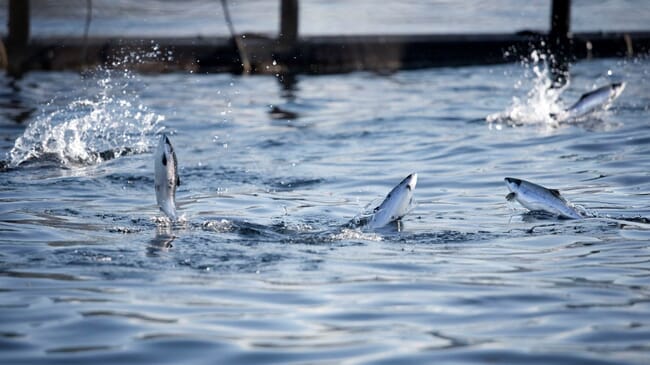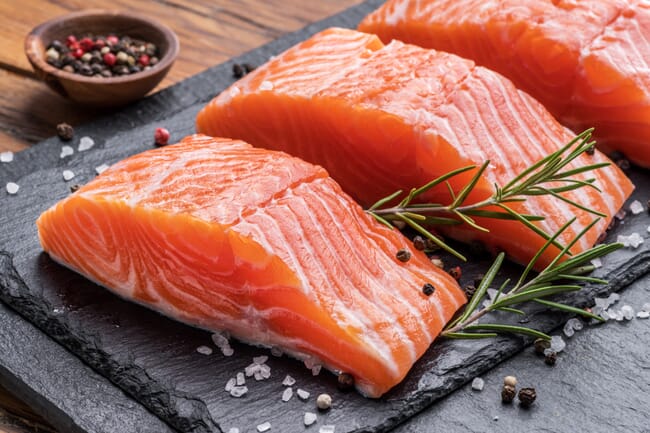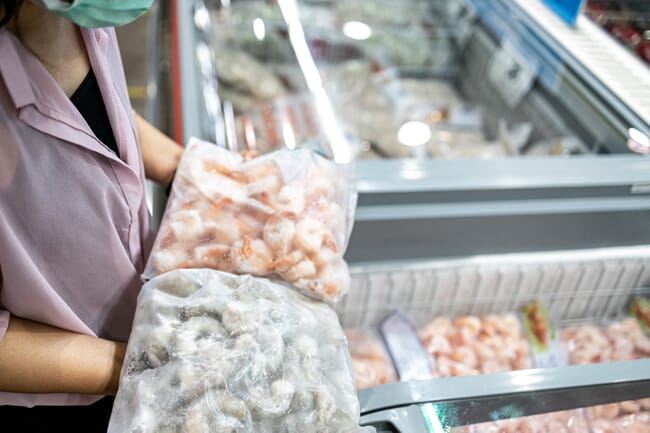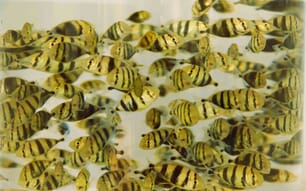
Rabobank predicts that prices for animal proteins will be supported by high feed costs and elevated energy prices © Cermaq
Producers and processors of meat, poultry and seafood approach 2023 after a year marked by rising input prices, supply chain disruption and geopolitical issues. Yet at a structural level they also face the need to adapt to sustainability challenges and disease threats to animal health if they are to remain competitive in the market over the longer-term.
In its Global Animal Protein Outlook 2023 report, Rabobank predicts prices will be supported in 2023 by high feed costs and elevated energy prices.
Animal protein production levels are expected to increase, with Rabobank’s analysts forecasting year-on-year growth in major markets of 5 million tonnes – or 1 percent – to a total of 430 million tonnes next year, driven by demand for poultry, fish and seafood offsetting the weaker performance of beef and pork. However, the production growth rate will be lower than 2022’s 2 percent.
Salmon is set to continue to enjoy strong demand, with weak supply growth supporting prices, Rabobank predicts. Chicken will benefit from its value proposition against the tough economic backdrop, with the bank forecasting global economic growth of just 2 percent in 2023. By contrast, consumers are likely to cut back on more expensive cuts of meats, such as fillet steaks.

Salmon is set to continue to enjoy strong demand, with weak supply growth supporting prices
Structural and cyclical headwinds
To prosper in future, animal protein companies must pivot to become more sustainable businesses. Rabobank expects producers and processors to intensify their emissions commitments next year, but this will require greater investment in areas such as smart data to make their operations and supply chains more sustainable. The most successful businesses are also moving on to a more proactive footing to manage disease risks. This includes sensors that can recognise unusual animal movements and predictive technology to limit losses.
Meanwhile, companies are responding to high costs by shrinking packet sizes and reducing ranges, Rabobank says. They must also factor in consumer behaviour in a recessionary environment, such as the move towards convenience products, like fish fingers and hot dogs, and trading down.
Justin Sherrard, global strategist for animal protein at Rabobank, said: “It has been a year like no other for the animal protein industry. Companies have grappled with rising input prices, supply chain disruption and geopolitical strife, many of which are unresolved as we head into 2023. These factors have increased costs across the market, but while prices rise quickly, they tend to fall more slowly.
“We therefore expect prices to remain high next year, even as the market enjoys steady production growth on the back of a growing supply of aquaculture and poultry.
“There is then the greater challenge of how animal protein companies approach the next decade of growth, not simply the next year. Structural changes in the market, such as increasing awareness of carbon footprints and a proactive approach to managing disease, offer opportunities for the most forward-thinking companies to invest and prosper. In other words, it is now decision time.”
An in-depth view of aquaculture
The salmon segment saw a relatively weak supply in 2022 and strong consumer demand, leading to record prices. As supply levels come back into line and economic pressures begin to bite, analysts expect prices to correct but remain above pre-pandemic levels. Rabobank expects salmon supplies in 2023 to remain in a more normal range as Norway and Chile have limited opportunities to increase production.

Ecuador became the world's largest shrimp exporter and producer in 2022, overtaking India as an exporter and China as a producer
Analysts expect salmon prices to remain strong despite the looming recession. Salmon has a leading position in retail and restaurant locations and firms are developing more convenience products for consumers. Weak supply growth will also bolster high prices.
In the shrimp segment, analysts noted the strong growth in Latin America’s production while supplies in Asia contracted. Ecuador’s dominance of the shrimp industry is expected to continue for the foreseeable future.
Rabobank’s Global Animal Protein Outlook is the sector’s leading report offering analysis of the prospects for a range of protein categories including salmon and shrimp aquaculture; and the fishmeal market.




